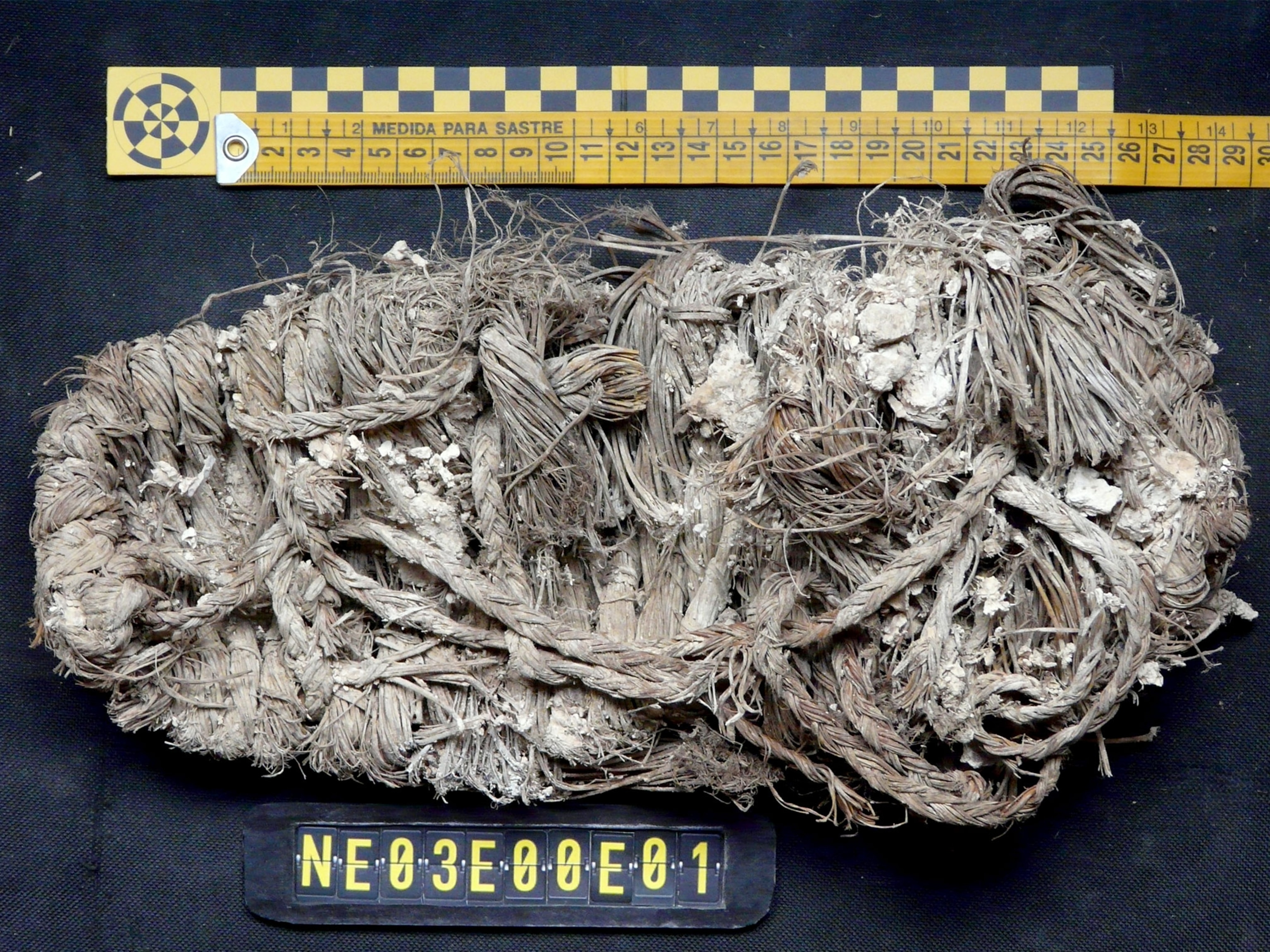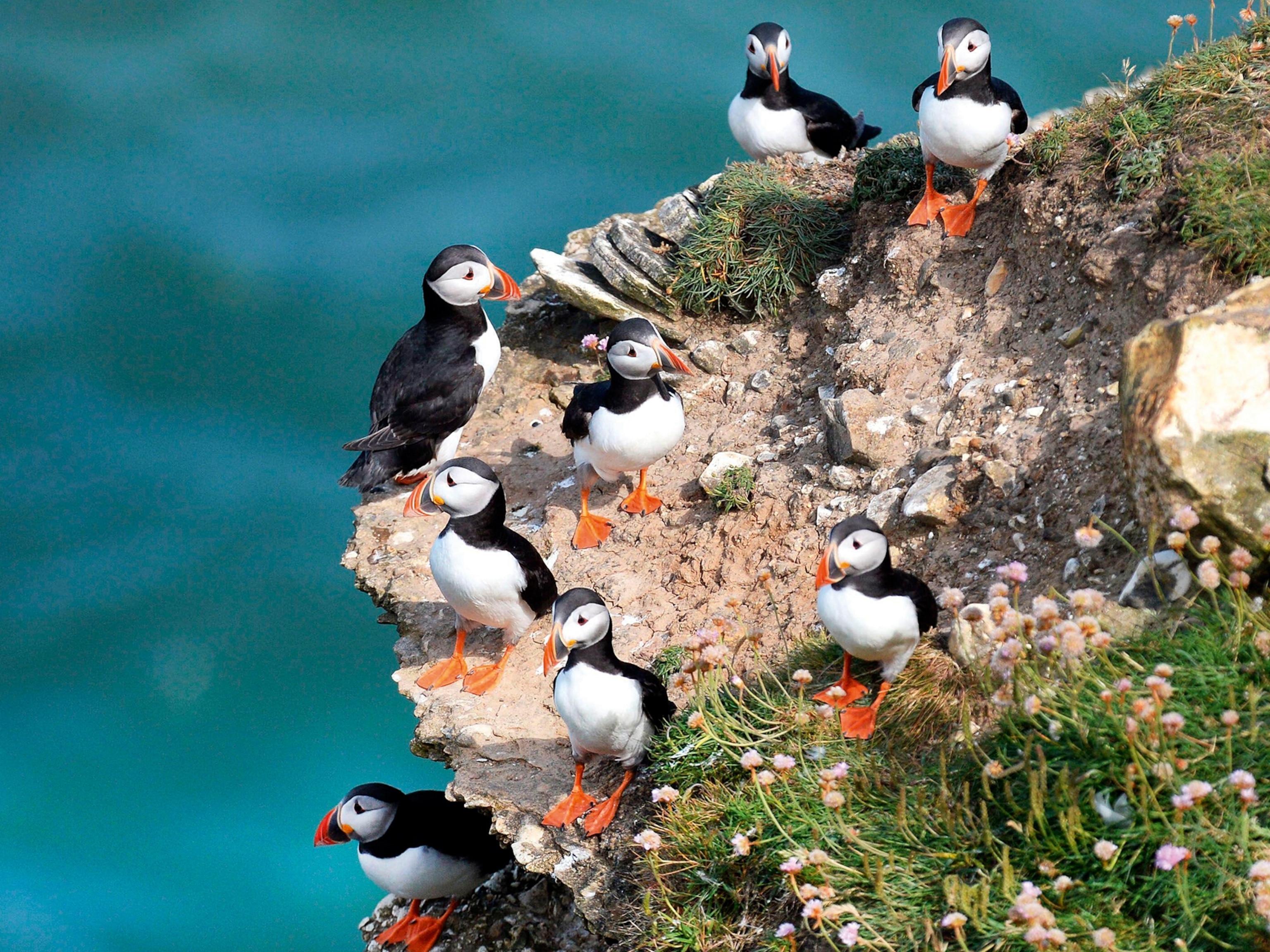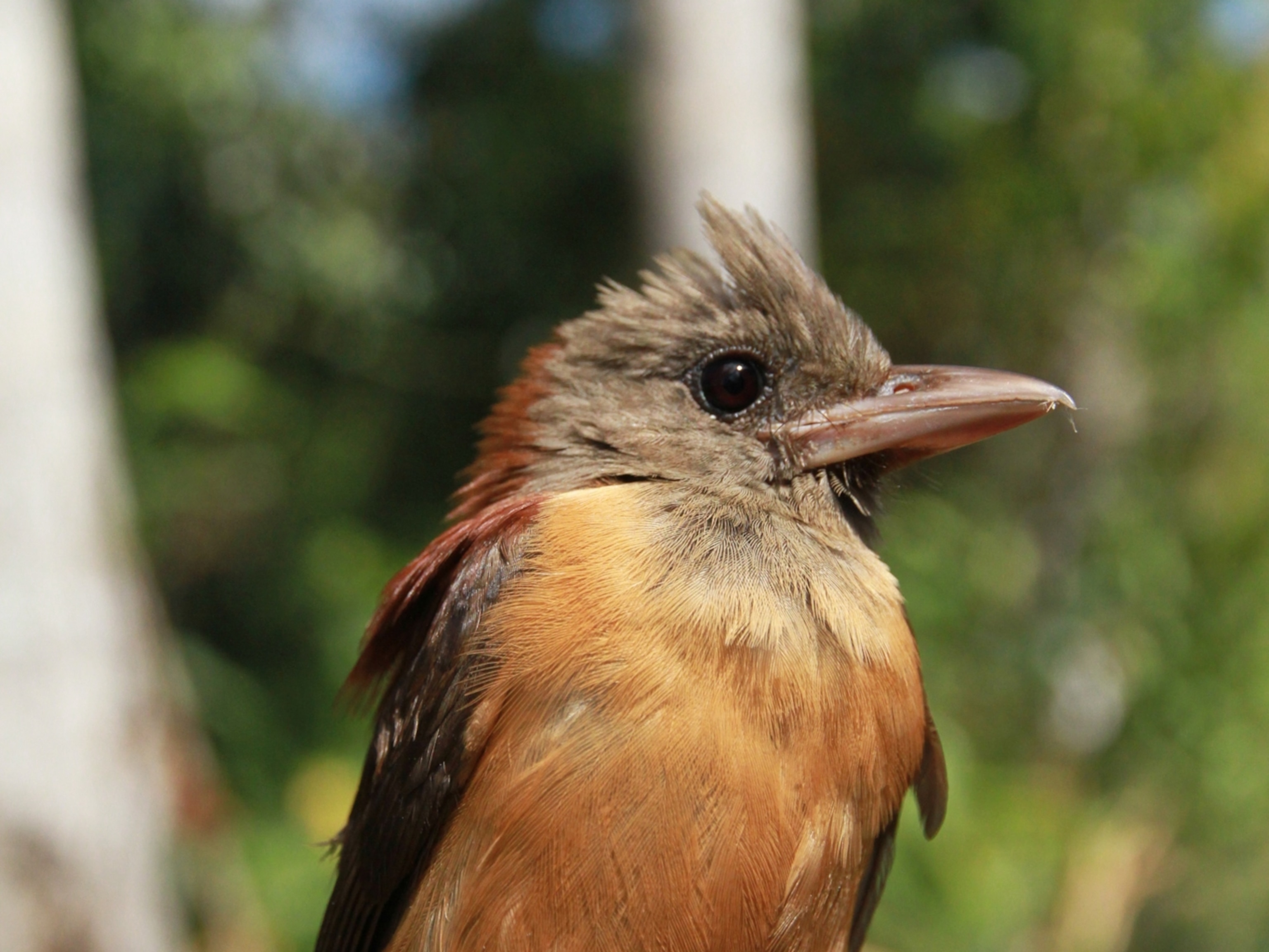
World's Longest Migration Found--2X Longer Than Thought
World's Longest Migration Found--2 Times Longer Than Thought
The tiny arctic tern makes the longest migration of any animal in the world, flying about two times farther than previously thought, a new study says.
Miniature new transmitters recently revealed that the 4-ounce (113-gram) bird follows zigzagging routes between Greenland and Antarctica each year. In the process, the arctic tern racks up about 44,000 frequent flier miles (71,000 kilometers)—edging out its archrival, the sooty shearwater, by roughly 4,000 miles (6,440 kilometers).
(See map at right: Green represents autumn/southward migration; red denotes winter range; and yellow represents spring/northward journey.)
"There have been all kinds of theories, but now, for the first time, we've been able to show what the birds are doing out there," said the lead author of the study, Carsten Egevang of the Greenland Institute of Natural Resources.
Since the birds often live 30 years or more, the researchers estimate that, over its lifetime, an arctic tern migrates about 1.5 million miles (2.4 million kilometers)—equal to three trips to the moon and back.
Tiny Tech Gets Its Tern
Until recently, only larger birds could be followed using tracking devices, because the gadgets were too big and heavy to attach to small birds.
But the team used a tiny tracker developed by the British Antarctic Survey, which weighs just a twentieth of an ounce (1.4 grams)—light enough for an Arctic tern to carry on a band around its leg.
Egevang was surprised to find that the birds often stop for a month in the open North Atlantic Ocean, probably to "fuel up" on fish and small crustaceans before setting off to cross the tropics.
Arctic terns also follow a zigzagging route on their spring trips back to Greenland. Rather than flying straight up the middle of the Atlantic, the birds hopscotch from Antarctica to Africa to South America to the Arctic.
But there's a method to their madness.
"It's a detour of several thousand kilometers," Egevang said. "But when you analyze it, it makes perfect sense."
The birds appear to be following huge spiraling wind patterns in the atmosphere, avoiding flying into the wind, he said.
Regardless of the route, no one's sure why arctic terns have such a long migration in the first place. "My gut feeling," Egevang said, "is that it's because of the rich [polar] feeding grounds that they travel so far."
Findings published this week in the journal Proceedings of the National Academy of Sciences.
RELATED
Complete Birds of the World, in One Book





